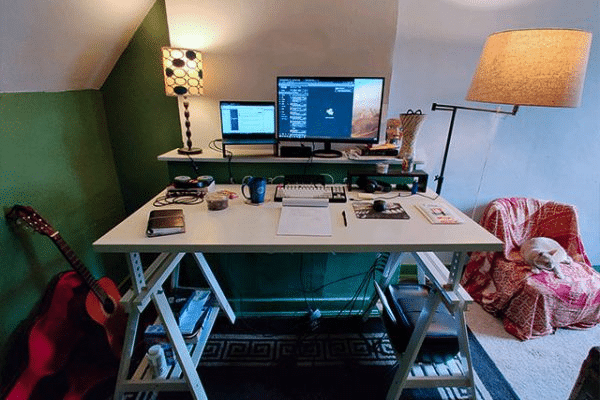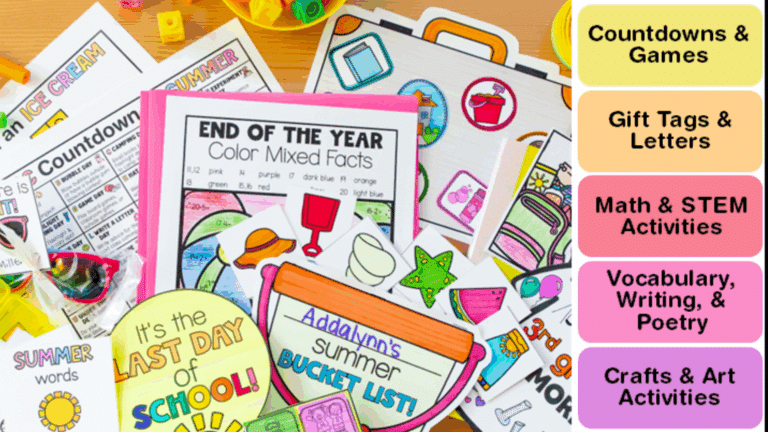We tend to overlook the moments between tasks. Commutes, standing in line, walking to class, or even scrolling aimlessly during short breaks often feel like throwaway time. But they can become surprisingly powerful tools for learning and memory if used deliberately.
Instead of filling these lulls with distractions, you can use them to mentally revisit material, connect ideas, or rehearse complex concepts. Whether you’re reviewing last week’s lecture or trying to pay DoMyEssay for solving accounting homework, leveraging this idle time intentionally helps solidify knowledge and boost long-term recall.
Why Your Brain Needs the Quiet
Cognitive research shows that learning doesn’t only happen during active study. Your brain continues processing and consolidating information after the initial exposure. This is especially true during periods of rest or mental quiet.
These low-pressure gaps allow for spaced retrieval, where recalling information intermittently strengthens memory. Even quick moments of reflection help move ideas from short-term to long-term storage. You don’t need a library or a textbook, just presence and intent.
Turn Gaps into Retrieval Opportunities
You don’t have to stop your day to study. Instead, thread mental recall into your existing routines. Brief waits and transitions become low-effort review sessions if you ask yourself the right questions.
Try these prompts during idle time:
- What did I just learn today?
- Can I summarize the key points from the lecture?
- What’s one thing I struggled with and why?
You might mentally quiz yourself while brushing your teeth or recall an article’s key points during your walk. The goal is not perfection. It’s repetition. You’re not aiming to write my paper to get A+ but rather to anchor ideas by retrieving them informally.
Use Mental Rehearsal on the Go
Mental rehearsal is more than review. It involves visualizing tasks, re-explaining concepts, or anticipating questions. This kind of active reflection builds fluency and readiness for when you need to apply your knowledge under pressure.
Let’s say you’re preparing for an oral presentation. Instead of scrolling your phone on the bus, walk through your opening lines in your head. Try explaining the main idea to an imaginary peer. You’ll spot gaps in your understanding fast.
Pair this with interleaving, where you rotate between topics mentally. Switching subjects forces your brain to adapt, leading to deeper learning over time.
Stack Simple Habits onto Daily Routines

To make the most of this method, connect mental practice with existing triggers in your day. This is how small shifts become long-term habits.
For example:
- During your commute: summarize one new concept;
- While waiting in line: quiz yourself on flashcards or definitions;
- After lunch: visualize a process you’re studying;
- Before sleep: mentally walk through the day’s key lessons.
It’s not about intensity but frequency. Five consistent minutes each day yield more retention than a marathon session once a week.
Protect Down-Time from Distraction
To tap into this potential, you need space to think. That means resisting the default pull toward distraction. Social media and entertainment apps are built to eat attention. Once they hijack those spare minutes, there’s no room for mental work.
Start by identifying your most common idle-time distractions. Replace just one with a learning micro-task each day. Use audio notes, self-quizzing apps, or mental rehearsal instead. It’s a small shift with outsized returns.
Mix in External Tools When Needed
Down-time is powerful, but it can’t carry your whole academic load. Sometimes, you’ll hit a wall or run short on time. That’s when outside support plays a role. Ideally, it works as a supplement rather than a shortcut.
Let’s say you’re juggling work and school. Using an essay writing service like DoMyEssay for drafting support can free up bandwidth. If you need to clarify a concept while a writer handles formatting, it’s a smart trade-off. You can stay involved by reviewing drafts, asking questions, and using the extra time to focus on understanding the material.
Make Learning Passive, Not Passive-Aggressive
Using idle time isn’t about cramming or forcing productivity into every second. It’s about weaving gentle repetition into your day so learning becomes automatic. The aim is deeper engagement, not more stress.
If your mind is tired, take a walk and let thoughts float. Often, new connections emerge when you’re not chasing them. Cognitive downshifting, or loosening your focus, also plays a role in memory and problem-solving.
In other words, you’re not trying to “do more” with every minute. You’re trying to make better use of time you already lose to nothing.
Conclusion: Reclaim the Forgotten Moments
You already have the time. The trick is recognizing its value.
Every gap in your day is a chance to reinforce, reflect, or rehearse. When you use downtime intentionally, it supports everything else you do, from taking notes more effectively to asking sharper questions in class.
The best part? You don’t need more hours. Just a little more awareness.















